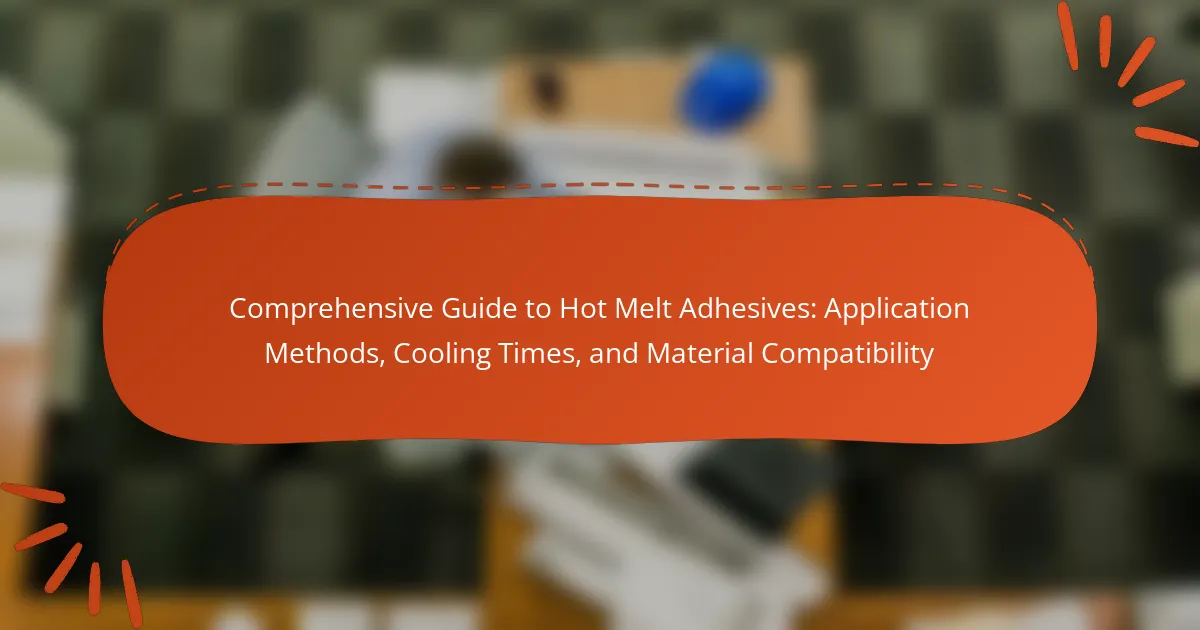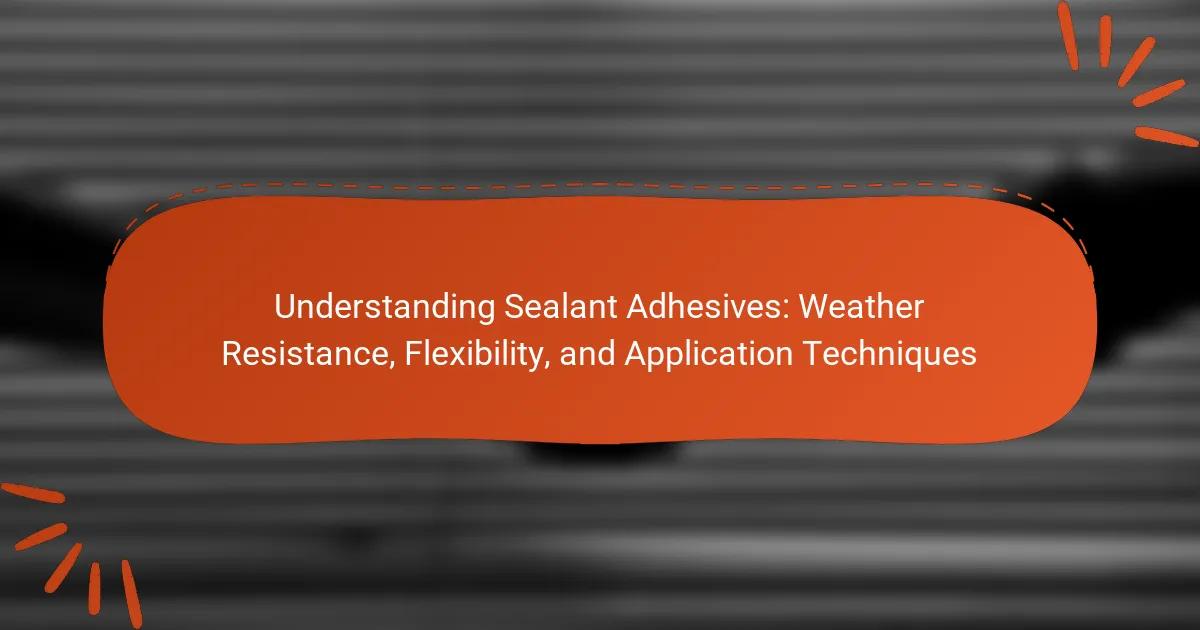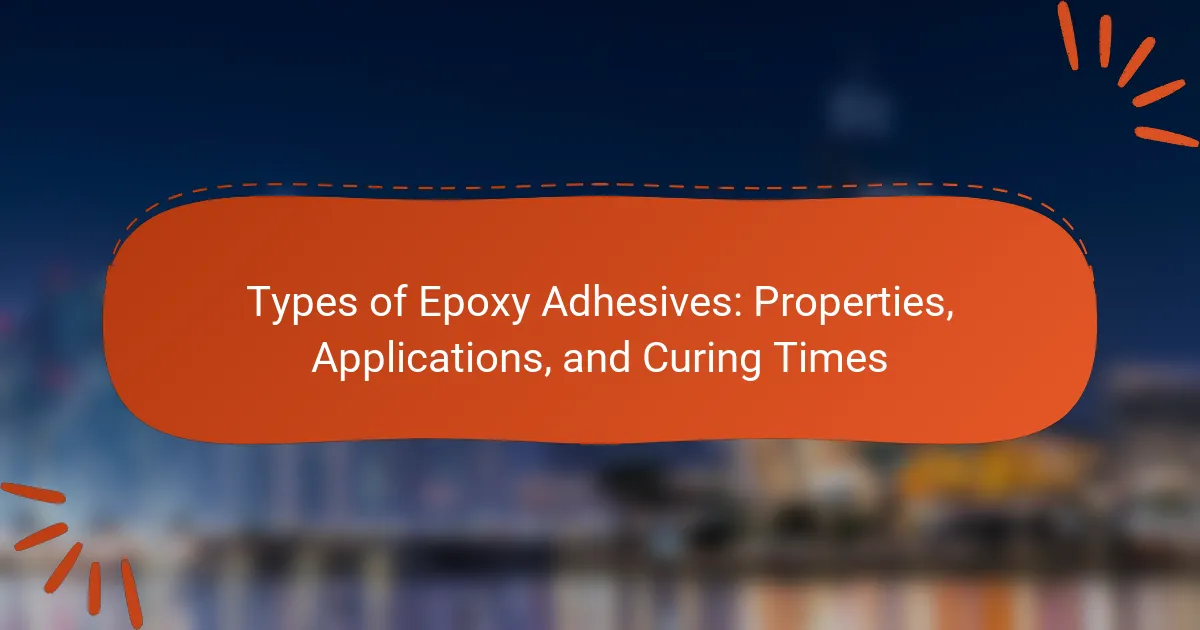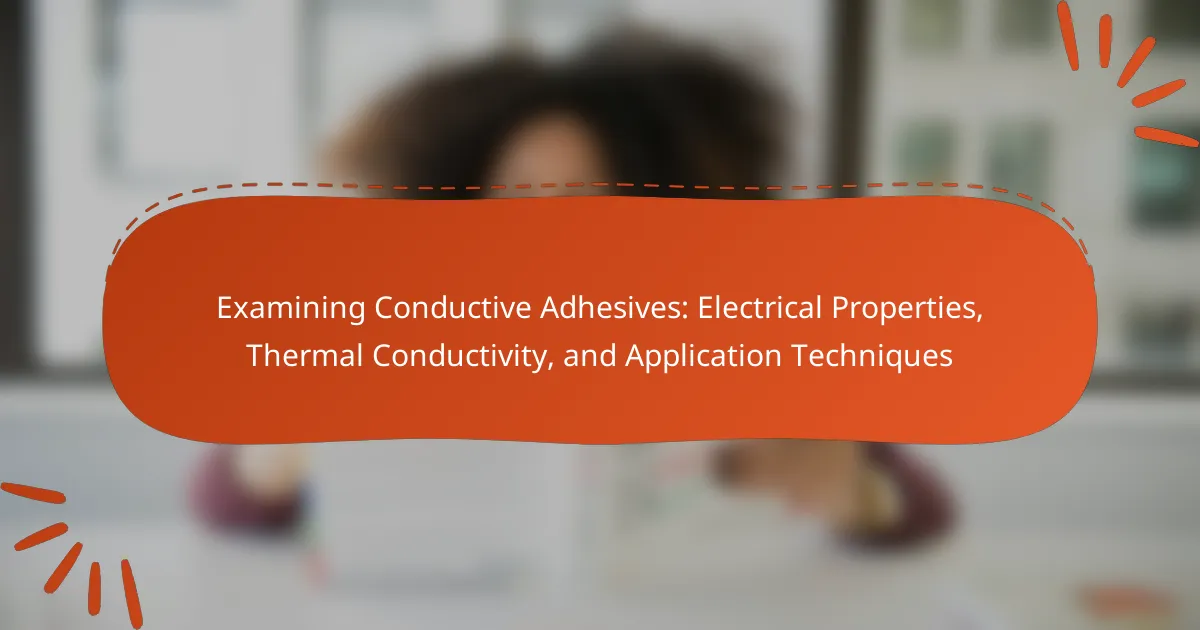Hot melt adhesives are thermoplastic adhesives that are applied in a molten state and solidify upon cooling to create strong bonds between various surfaces. This comprehensive guide covers the application methods of hot melt adhesives, their cooling times, and compatibility with different materials, including wood, paper, plastics, metals, ceramics, and glass. Key factors influencing cooling times, such as adhesive formulation and environmental conditions, are discussed, along with the importance of surface treatment for non-porous materials. The versatility and ease of use of hot melt adhesives make them essential in industries like packaging, woodworking, and automotive applications.
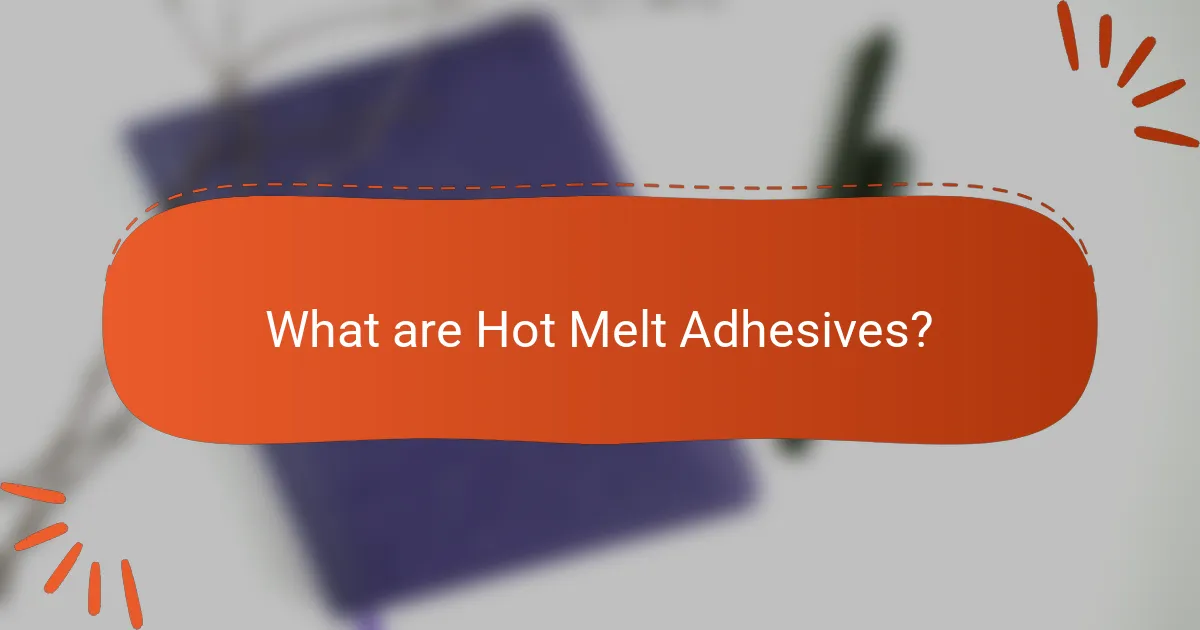
What are Hot Melt Adhesives?
Hot melt adhesives are thermoplastic adhesives that are applied in a molten state. They solidify upon cooling, forming a strong bond between surfaces. These adhesives are commonly used in various industries, including packaging, woodworking, and automotive applications. Their quick setting time allows for efficient assembly processes. Hot melt adhesives can bond a wide range of materials, such as plastics, metals, and paper. They are known for their versatility and ease of use. The adhesive’s properties can vary based on its formulation, including factors like temperature resistance and flexibility.
How do Hot Melt Adhesives work?
Hot melt adhesives work by melting and then solidifying to bond materials together. These adhesives consist of thermoplastic polymers that are heated to a liquid state for application. When applied, the hot melt adhesive cools and solidifies, forming a strong bond. The cooling process typically occurs quickly, allowing for rapid assembly. The bond strength is achieved as the adhesive solidifies and interlocks with the surfaces being joined. Hot melt adhesives can bond various materials, including plastics, wood, and metal. Their effectiveness depends on the specific formulation and the surfaces being adhered. Studies show that hot melt adhesives can achieve bond strengths comparable to traditional adhesives under the right conditions.
What are the key components of Hot Melt Adhesives?
Hot melt adhesives consist of thermoplastic polymers, tackifiers, and fillers. Thermoplastic polymers provide the adhesive’s primary bonding strength. Commonly used polymers include ethylene-vinyl acetate (EVA) and styrene-ethylene-butylene-styrene (SEBS). Tackifiers enhance the adhesive’s stickiness and improve its performance on various substrates. Fillers may be added to modify properties like viscosity and cost-effectiveness. These components work together to create a strong, versatile bonding solution suitable for numerous applications, including packaging and woodworking.
How do temperature and viscosity affect the application of Hot Melt Adhesives?
Temperature and viscosity significantly influence the application of Hot Melt Adhesives. Higher temperatures reduce viscosity, allowing for easier application. This property enables better [censured] into substrates and improved bonding strength. Conversely, lower temperatures increase viscosity, making the adhesive thicker and harder to apply.
Optimal application typically occurs between 350°F to 400°F. At these temperatures, the adhesive flows well and adheres effectively to surfaces. As the adhesive cools, its viscosity increases, solidifying the bond. Inadequate temperature control can lead to poor adhesion or application difficulties.
Research shows that maintaining the correct application temperature is crucial for achieving desired performance in Hot Melt Adhesives.
What are the different types of Hot Melt Adhesives?
There are several types of hot melt adhesives. These include ethylene-vinyl acetate (EVA), polyamide, polyolefin, and polyurethane adhesives. EVA adhesives are widely used for their flexibility and adhesion properties. Polyamide adhesives offer high thermal resistance and are suitable for demanding applications. Polyolefin adhesives are known for their good bonding to low-energy surfaces. Polyurethane adhesives provide excellent durability and are often used for construction and automotive applications. Each type has unique properties that make it suitable for specific applications.
What are the characteristics of each type of Hot Melt Adhesive?
Hot melt adhesives can be categorized into several types, each with distinct characteristics. Ethylene-vinyl acetate (EVA) is flexible and provides good adhesion to various substrates. Styrenic block copolymers (SBC) offer excellent elasticity and are suitable for high-performance applications. Polyamide adhesives are known for their heat resistance and chemical stability. Polyurethane hot melts provide strong bonding and flexibility, making them ideal for demanding environments. Finally, polyolefin adhesives are characterized by their low cost and good moisture resistance. Each type serves specific applications based on these unique properties.
How do different types of Hot Melt Adhesives compare in performance?
Different types of Hot Melt Adhesives (HMAs) vary significantly in performance based on their formulation and intended application. Ethylene Vinyl Acetate (EVA) HMAs offer strong adhesion and flexibility, making them suitable for packaging and textiles. Styrene Block Copolymer (SBC) HMAs provide excellent heat resistance and peel strength, ideal for automotive and construction applications. Polyamide HMAs exhibit superior temperature resistance and are often used in demanding environments like electronics. Polyolefin HMAs are known for their low odor and high clarity, making them suitable for food packaging. Performance differences are also influenced by factors such as cooling time, bond strength, and material compatibility, impacting the choice of adhesive for specific applications.
What are the common application methods for Hot Melt Adhesives?
Common application methods for hot melt adhesives include extrusion, spraying, and roll coating. Extrusion involves forcing adhesive through a nozzle to create a continuous bead. This method is efficient for high-speed production lines. Spraying applies a fine mist of adhesive, suitable for irregular surfaces. Roll coating uses rollers to apply adhesive evenly across surfaces. These methods ensure strong bonds in various manufacturing processes. Each technique is chosen based on the specific requirements of the application.
How is the application process performed for each method?
The application process for hot melt adhesives varies by method. For extrusion, the adhesive is heated and forced through a nozzle onto the substrate. This method allows for precise application and is ideal for continuous production. For spraying, the adhesive is atomized and sprayed onto the surface. This provides an even coat and is suitable for large areas. In the case of roll application, the adhesive is applied using rollers that ensure even distribution. This method is effective for flat surfaces and high-speed production. For dipping, items are submerged in molten adhesive, ensuring complete coverage. Each method requires specific equipment and temperature control to maintain adhesive properties during application.
What equipment is needed for effective application of Hot Melt Adhesives?
Hot melt adhesives require specific equipment for effective application. Essential tools include a hot melt glue gun for precise application. A melting pot is also necessary for bulk applications, ensuring the adhesive reaches the correct temperature. Additionally, applicator nozzles help control the adhesive flow. A temperature control device maintains optimal adhesive conditions. Safety equipment, such as gloves and goggles, protects operators during application. Finally, cleaning tools are essential for maintaining equipment and ensuring consistent performance. These items collectively facilitate efficient and safe hot melt adhesive application.
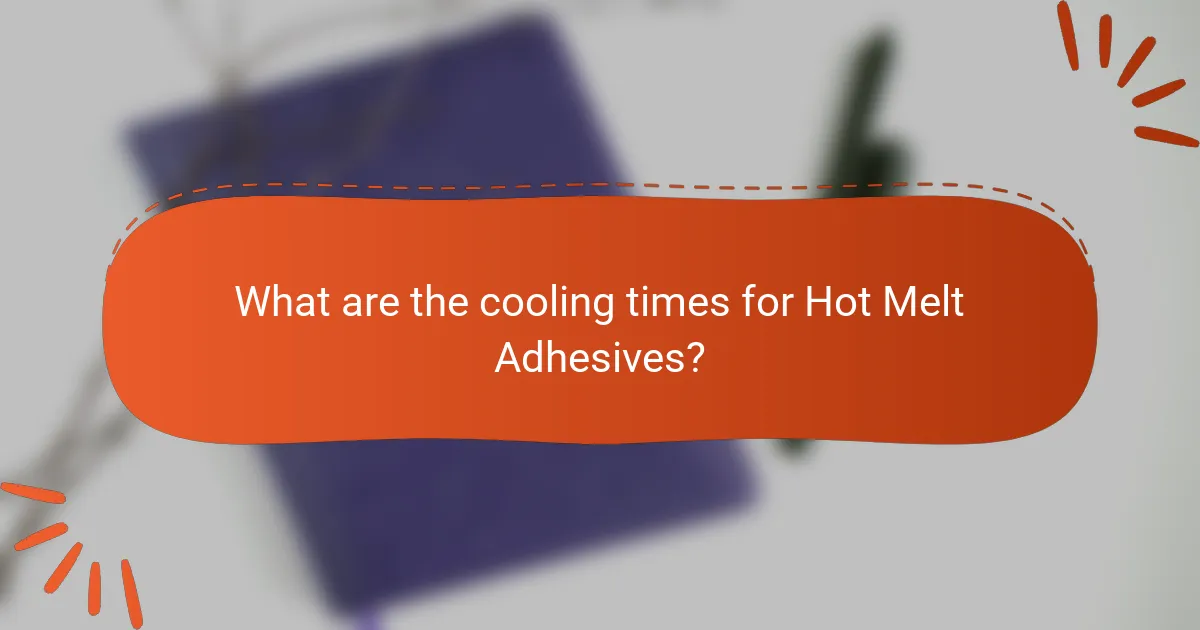
What are the cooling times for Hot Melt Adhesives?
Cooling times for hot melt adhesives typically range from 30 seconds to several minutes. The exact cooling time depends on the adhesive formulation and application thickness. Thinner layers cool faster than thicker applications. Additionally, environmental factors such as temperature and humidity can influence cooling rates. For example, a hot melt adhesive applied in a cooler environment may take longer to set. Manufacturers often provide specific cooling time recommendations for their products. Generally, full bond strength is achieved within 24 hours after application.
How do cooling times vary among different types of Hot Melt Adhesives?
Cooling times for hot melt adhesives vary significantly based on their formulation and intended application. General-purpose hot melt adhesives typically cool and set within 5 to 30 seconds. High-performance adhesives, designed for demanding applications, may have longer cooling times, ranging from 30 seconds to several minutes.
Low-temperature hot melts cool quickly, often within 5 to 10 seconds, making them suitable for heat-sensitive substrates. Conversely, reactive hot melts can take longer to cure, sometimes exceeding 5 minutes, due to chemical bonding processes.
The cooling time is influenced by factors such as adhesive thickness, substrate material, and environmental conditions. For example, thicker applications generally require longer cooling periods.
In summary, cooling times for hot melt adhesives can range from a few seconds to several minutes, depending on the specific type and application requirements.
What factors influence the cooling time of Hot Melt Adhesives?
The cooling time of Hot Melt Adhesives is influenced by several factors. These factors include adhesive formulation, application thickness, ambient temperature, and substrate material. Adhesive formulation determines the chemical composition and properties, affecting how quickly it solidifies. Application thickness directly impacts the volume of adhesive, with thicker layers taking longer to cool. Ambient temperature affects the heat dissipation rate; higher temperatures may slow down cooling. Substrate material can also influence cooling time, as different materials conduct heat at varying rates. For instance, metal substrates typically cool adhesives faster than wood or plastic.
How can cooling times be optimized during application?
Cooling times can be optimized during application by adjusting several factors. First, controlling the ambient temperature can significantly influence cooling rates. Higher ambient temperatures may slow down cooling, while lower temperatures can accelerate it.
Second, the thickness of the adhesive layer affects cooling time. Thinner layers generally cool faster than thicker applications. Third, utilizing cooling systems, such as fans or chilled surfaces, can enhance heat dissipation.
Fourth, selecting adhesives with faster cooling properties can also optimize the process. Some hot melt adhesives are specifically designed for rapid cooling.
Lastly, applying the adhesive in smaller, manageable sections can reduce overall cooling time. Each section will cool more quickly than a large application. These strategies can lead to improved efficiency in the application process.
Why is understanding cooling times important for adhesive performance?
Understanding cooling times is crucial for adhesive performance because it directly affects bond strength and curing efficiency. Adhesives require specific cooling periods to achieve optimal adhesion. Insufficient cooling can lead to weak bonds that may fail under stress. Conversely, excessive cooling can cause brittleness in the adhesive. The cooling time influences the viscosity of the adhesive, impacting how well it spreads and penetrates surfaces. Research shows that proper cooling allows the adhesive to reach its maximum strength potential. This is essential in applications where durability is critical, such as in construction or automotive industries. Understanding these times ensures effective application and long-lasting results.
How does cooling time affect bond strength?
Cooling time significantly affects bond strength in hot melt adhesives. As cooling time increases, the adhesive achieves a more robust bond. This is due to the polymer chains in the adhesive aligning and crystallizing more effectively over time. A study published in the Journal of Adhesion Science and Technology found that bond strength improves by approximately 20% with extended cooling times. Insufficient cooling can lead to weak bonds due to incomplete solidification. Therefore, optimal cooling time is crucial for achieving maximum adhesive performance.
What are the implications of improper cooling times in applications?
Improper cooling times in applications can lead to significant performance issues. Insufficient cooling may cause weak bonds, leading to premature failure of the adhesive joint. This can result in product defects and increased returns. Overheating during cooling can cause thermal degradation of the adhesive. Such degradation compromises the adhesive’s strength and durability. Additionally, improper cooling can affect the overall processing efficiency. It may lead to increased production times and higher operational costs. Studies show that optimal cooling times are critical for achieving desired adhesive properties.
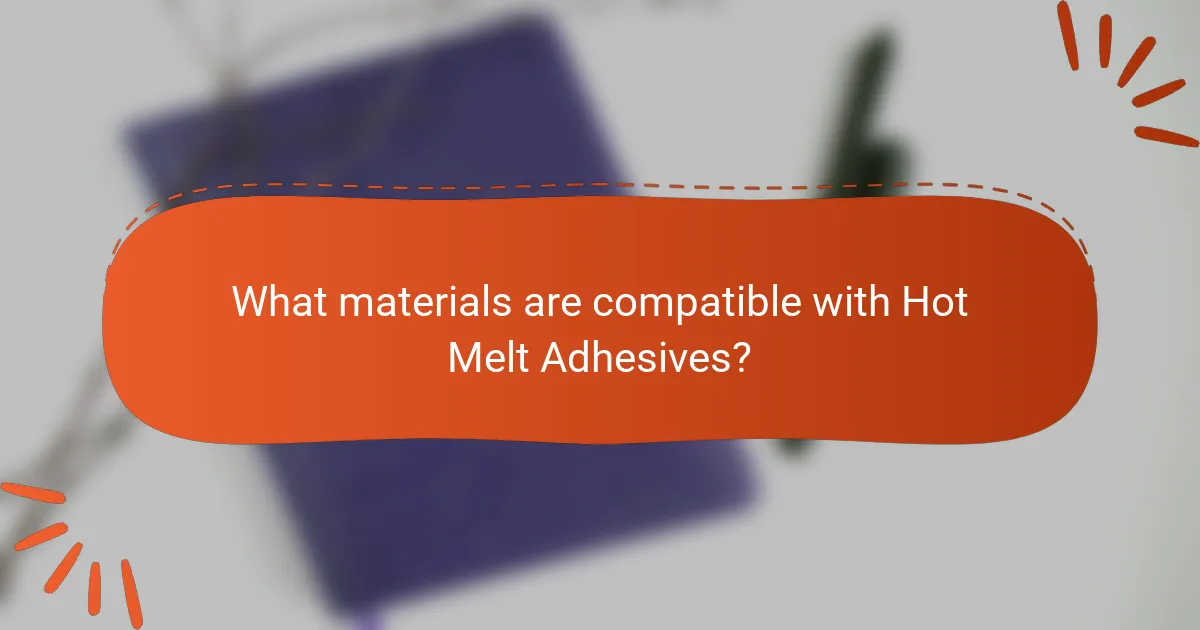
What materials are compatible with Hot Melt Adhesives?
Hot melt adhesives are compatible with a variety of materials. Common compatible materials include wood, paper, cardboard, and various plastics such as polyethylene and polypropylene. They also adhere well to metals, ceramics, and glass. The effectiveness of hot melt adhesives on these materials varies based on their surface energy and texture. For instance, porous surfaces like wood and paper absorb the adhesive well, enhancing bond strength. Non-porous surfaces may require surface treatment for optimal adhesion. Overall, the versatility of hot melt adhesives makes them suitable for diverse applications across multiple industries.
How do different materials interact with Hot Melt Adhesives?
Different materials interact with Hot Melt Adhesives based on their surface energy and porosity. High surface energy materials, like metals and glass, bond well with hot melts. This is due to their ability to create strong intermolecular forces. Low surface energy materials, such as polyethylene and polypropylene, may require surface treatments for effective adhesion. Porous materials, like wood and cardboard, absorb adhesives, which can enhance bond strength. Conversely, non-porous substrates may need a thicker adhesive layer to achieve similar results. The temperature and cooling rate also affect the bond. Proper application techniques optimize adhesion across various materials.
What are the best practices for testing material compatibility?
The best practices for testing material compatibility include conducting preliminary compatibility assessments. These assessments involve evaluating the chemical properties of materials. Testing should include exposure to the adhesive under controlled conditions. Observations should focus on changes in physical properties like color, texture, or adhesion strength.
Utilizing standardized test methods enhances reliability. For example, ASTM D1002 provides guidelines for adhesive bond strength testing. Documenting results systematically ensures repeatability and accuracy. Additionally, performing long-term aging tests can reveal potential issues over time.
Collaboration with manufacturers can provide insights into material interactions. Reviewing technical data sheets helps understand compatibility limits. Following these practices minimizes risks in applications involving hot melt adhesives.
Which materials should be avoided when using Hot Melt Adhesives?
Materials that should be avoided when using hot melt adhesives include polyethylene, polypropylene, and certain low-energy surfaces. These materials can prevent proper adhesion due to their non-polar nature. Hot melt adhesives require a surface that can form a strong bond. For instance, polyethylene and polypropylene have low surface energy, which inhibits adhesion. Additionally, materials like Teflon and silicone also resist bonding with hot melt adhesives. Using these materials can lead to product failure in applications.
What industries commonly use Hot Melt Adhesives?
Hot melt adhesives are commonly used in various industries. The packaging industry utilizes them for sealing boxes and containers. The automotive industry employs hot melt adhesives for bonding interior components. The furniture industry uses them for assembly and upholstery applications. The electronics industry relies on these adhesives for securing components and assemblies. The construction industry applies hot melt adhesives for insulation and flooring materials. The textile industry benefits from their use in fabric bonding. These industries leverage the quick setting and strong bonding properties of hot melt adhesives.
How do specific industries benefit from Hot Melt Adhesives?
Specific industries benefit from Hot Melt Adhesives through enhanced efficiency and versatility. In packaging, these adhesives provide fast bonding, reducing production time. The automotive industry uses them for lightweight assemblies, improving fuel efficiency. In textiles, they enable seamless bonding, enhancing product durability. The electronics sector benefits from their quick setting times, allowing for faster assembly processes. Additionally, Hot Melt Adhesives offer strong adhesion to various substrates, making them suitable for diverse applications across multiple industries. Their ability to withstand temperature variations further solidifies their utility in demanding environments.
What are some case studies demonstrating successful use of Hot Melt Adhesives?
Case studies demonstrating successful use of hot melt adhesives include various industries. One notable case is in the packaging sector. A major food packaging company improved production efficiency by 30% using hot melt adhesives. This resulted in faster assembly and reduced costs.
Another example is in the automotive industry. An automotive manufacturer utilized hot melt adhesives for interior components. This application enhanced durability and reduced weight, contributing to better fuel efficiency.
In the furniture industry, a furniture maker adopted hot melt adhesives for assembling wooden pieces. This choice provided strong bonds and improved production speed. The company reported a 25% increase in output.
These case studies illustrate the versatility and effectiveness of hot melt adhesives across different applications.
What are the best practices for using Hot Melt Adhesives?
Best practices for using hot melt adhesives include proper temperature management and surface preparation. Maintaining the adhesive at the recommended application temperature ensures optimal bonding. Surface cleaning is essential to remove dust, grease, or moisture. Applying the adhesive evenly promotes uniform adhesion and strength. Using the correct nozzle size prevents excessive adhesive use and improves precision. Allowing adequate cooling time enhances bond integrity. Testing adhesion on a small scale can identify material compatibility issues. Following manufacturer guidelines ensures best performance and safety.
How can users troubleshoot common issues with Hot Melt Adhesives?
Users can troubleshoot common issues with hot melt adhesives by identifying the specific problem and applying targeted solutions. For inadequate bond strength, ensure the surfaces are clean and properly prepared. Adjust the application temperature if the adhesive is not melting correctly. If the adhesive is stringy, check the nozzle size and temperature settings. For rapid cooling, use a slower application speed to allow better adhesion. If the adhesive is brittle, consider using a different formulation designed for flexibility. Regular maintenance of the adhesive equipment can also prevent common issues, such as clogs or inconsistent flow.
What tips can enhance the effectiveness of Hot Melt Adhesives in applications?
To enhance the effectiveness of Hot Melt Adhesives in applications, ensure proper temperature control during application. The adhesive should be heated to its optimal melting point for best adhesion. Maintain consistent application speed to avoid uneven bonding. Use appropriate nozzle sizes to control bead width and ensure precision. Clean surfaces thoroughly before application to remove contaminants. Select the right adhesive formulation based on the materials being bonded. Allow sufficient cooling time for the adhesive to set properly. These practices lead to stronger bonds and improved overall performance.
Hot melt adhesives are thermoplastic adhesives applied in a molten state that solidify upon cooling, forming strong bonds across various materials. This comprehensive guide covers the application methods, cooling times, and material compatibility of hot melt adhesives, highlighting key components, types, and their performance characteristics. It also discusses best practices for effective use, troubleshooting common issues, and the implications of improper cooling times, ensuring readers gain a thorough understanding of hot melt adhesives and their applications in multiple industries.
